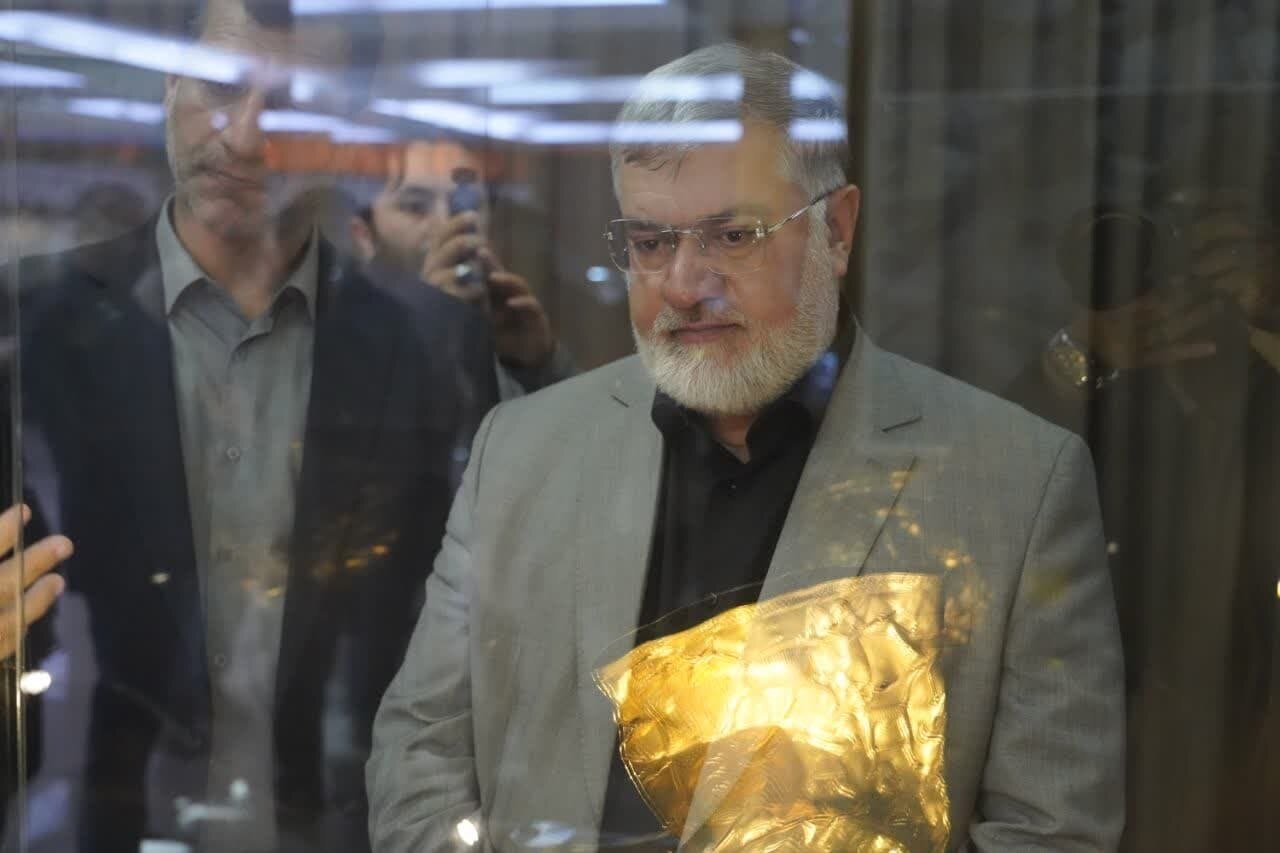Hasanlu Gold Bowl dazzles as a flagship at Urmia Museum

TEHRAN – After more than a month of display at the Urmia Museum, Hasanlu Gold Bowl, one of the most enigmatic ancient treasures of Iran, still shines bright drawing visitors.
Paying a visit to Urmia Museum on Monday, in celebration of World Handicrafts Day, West Azarbaijan’s governer-general pointed to the artifact as a precious property that testifies the significance of archaeological explorations in unraveling history.
“Considering the rich historical background of the province,” Mohammad-sadeq Mo’tamedian explained. “It is necessary to showcase the legacy lies within the region at provincial museums.”
Hasanlu Gold Bowl, Mo’tamedian continued, is a flagship of West Azarbaijan’s lavish artifacts, which needs to be a permanent guest of the Urmia Museum.
In his concluding remarks, he expressed total readiness of the provincial government in terms of supporting the implementation of the museal projects.
Hasanlu Gold Bowl was unearthed in 1958 by Emamqoli Mohammadi Hasanluei from the ruins of a burned ancient building at Tepe Hasanlu, near Naghadeh and Lake Urmia in West Azarbaijan province.
Engraved with images of gods and rituals, a stone cylinder with gold caps, a figurine of laminated ivory, and a sword hilt with a bronze guard, the Gold Bowl of Hasanlu was discovered almost 3,000 years later near the skeletal hand of an individual who had been fleeing with it at the end of the 9th century BC.Over the years, the bowl has been discussed in countless scholarly books and articles, including an analysis by Marie-Therese Barrelet (1911-1996), who deemed it one of the greatest finds of the decade.
XF/AM
Leave a Comment